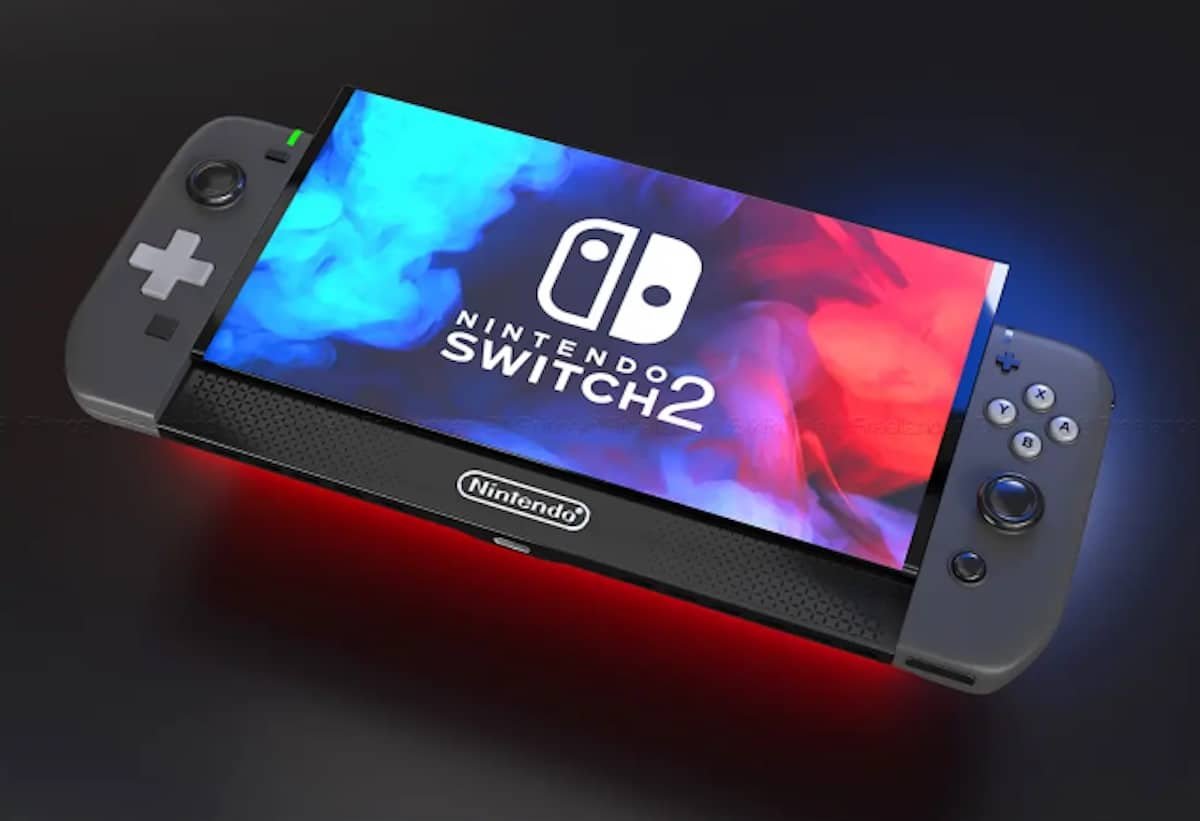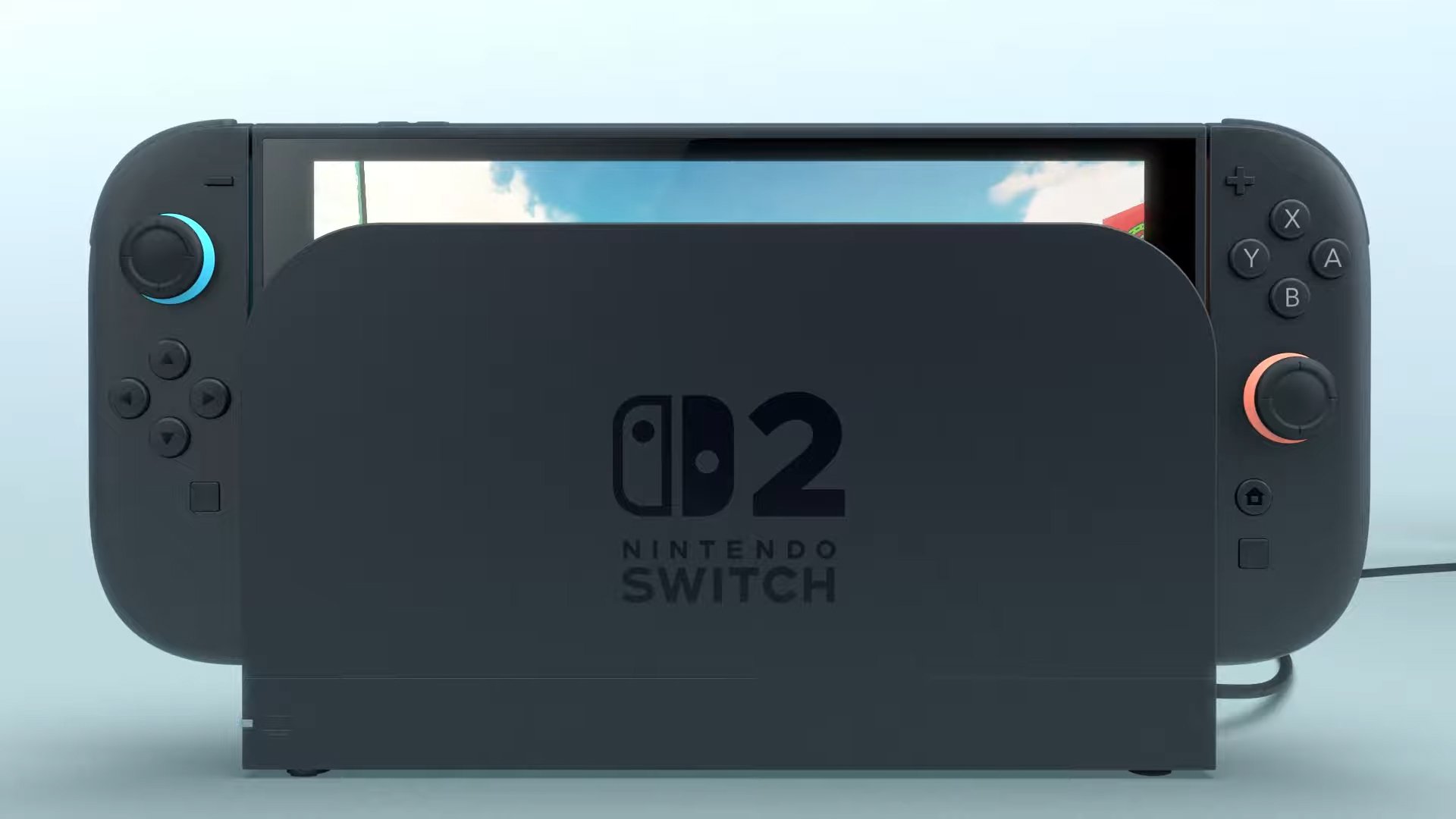Nintendo Switch 2: A Handheld Revolution… or Evolution?

The gaming world has been holding its breath, and the wait is finally over. The Nintendo Switch 2 is here, promising a leap forward in handheld gaming. But does it live up to the monumental hype? After a week of rigorous testing, the answer is a nuanced one. This isn’t just a spec bump; it’s a reimagining of what a portable console can be, but some familiar limitations remain.
Let’s dive straight into the heart of the matter: performance. The Switch 2 boasts a custom-designed NVIDIA Tegra processor, and the difference is immediately noticeable. Games that struggled to maintain a stable 30fps on the original Switch now glide effortlessly at 60, and even push towards higher frame rates in some titles. The increased processing power also unlocks stunning visual fidelity. While not quite on par with current-generation consoles, the graphical leap is substantial, with sharper textures, improved lighting, and more detailed environments. The rumored DLSS implementation proves to be a game-changer, allowing for higher resolutions without sacrificing performance. Docked mode sees an even greater boost, allowing for impressive visuals on larger displays.
The design is… controversial. Nintendo has opted for a more streamlined aesthetic, ditching the chunky bezels of its predecessor in favor of a near edge-to-edge display. The result is a sleek and modern look, but the trade-off is a larger overall footprint. The Joy-Cons have been redesigned with a magnetic attachment system, which feels significantly more secure than the original rail system. The build quality is robust, with a premium feel that justifies the higher price tag.

Beyond raw power, the Switch 2 introduces several key features. The upgraded OLED display is vibrant and offers excellent contrast ratios, making games pop with color. The integrated kickstand is now adjustable, allowing for multiple viewing angles. Wireless connectivity has been upgraded to Wi-Fi 6E, providing faster and more stable online play. Backward compatibility is largely seamless; most original Switch games run without issue, benefiting from the improved hardware.

However, it’s not all sunshine and roses. Storage remains a concern. While the Switch 2 offers a larger base storage capacity (256GB), it’s still relatively limited considering the increasing size of modern games. The eShop is still functional, but the interface remains somewhat clunky. The battery life, while improved, still falls short of expectations, averaging around 4-6 hours depending on the game. The price is a significant barrier to entry. At $499, the Switch 2 is a premium device, placing it firmly in competition with other consoles and gaming PCs.
Ultimately, the Nintendo Switch 2 is a compelling device that pushes the boundaries of handheld gaming. Its improved performance, stunning display, and redesigned Joy-Cons make it a significant upgrade over its predecessor. However, the high price, limited storage, and divisive design may deter some potential buyers.
Where to Buy:

Nintendo Switch 2 Quick Summary
Key Scores:
- Value: 94%
- Design: 93%
- Performance: 92%
- Quality: 91%
- Popularity: 95%
Top Pros
- ✅ The improved processor delivers a significant performance boost across all games.
- ✅ The OLED display provides vibrant colors and excellent contrast for immersive visuals.
- ✅ The redesigned Joy-Cons offer a more secure and comfortable grip experience.
Key Cons
- ❌ The price point is quite high, making it inaccessible for some gamers.
- ❌ Storage capacity remains limited, requiring a separate microSD card purchase.
- ❌ The larger size may not appeal to users prioritizing portability.
- …








